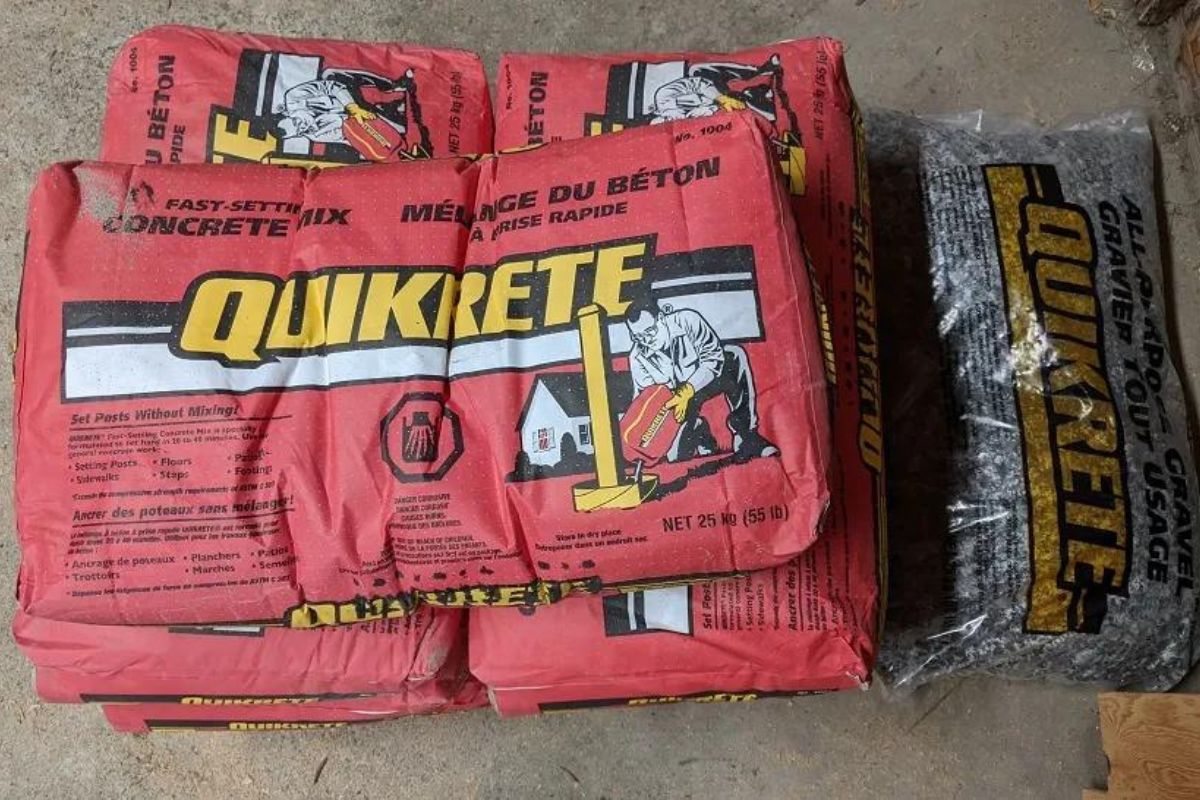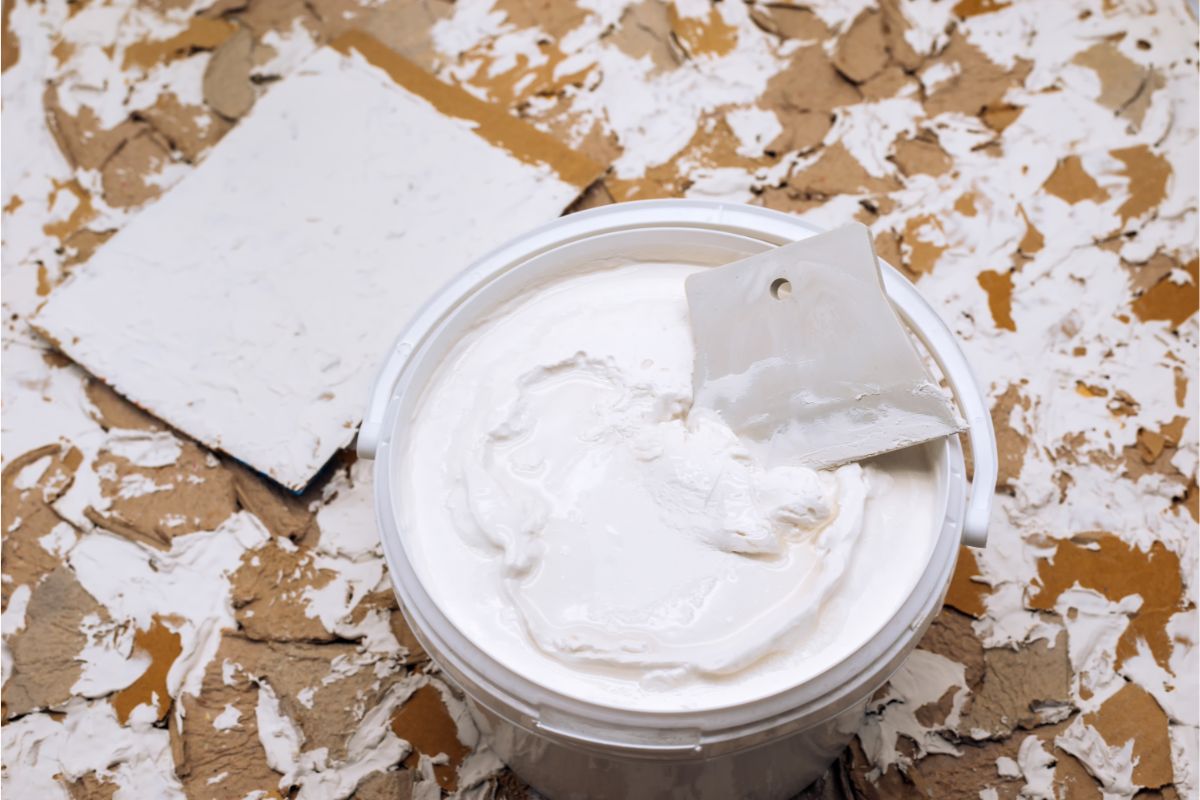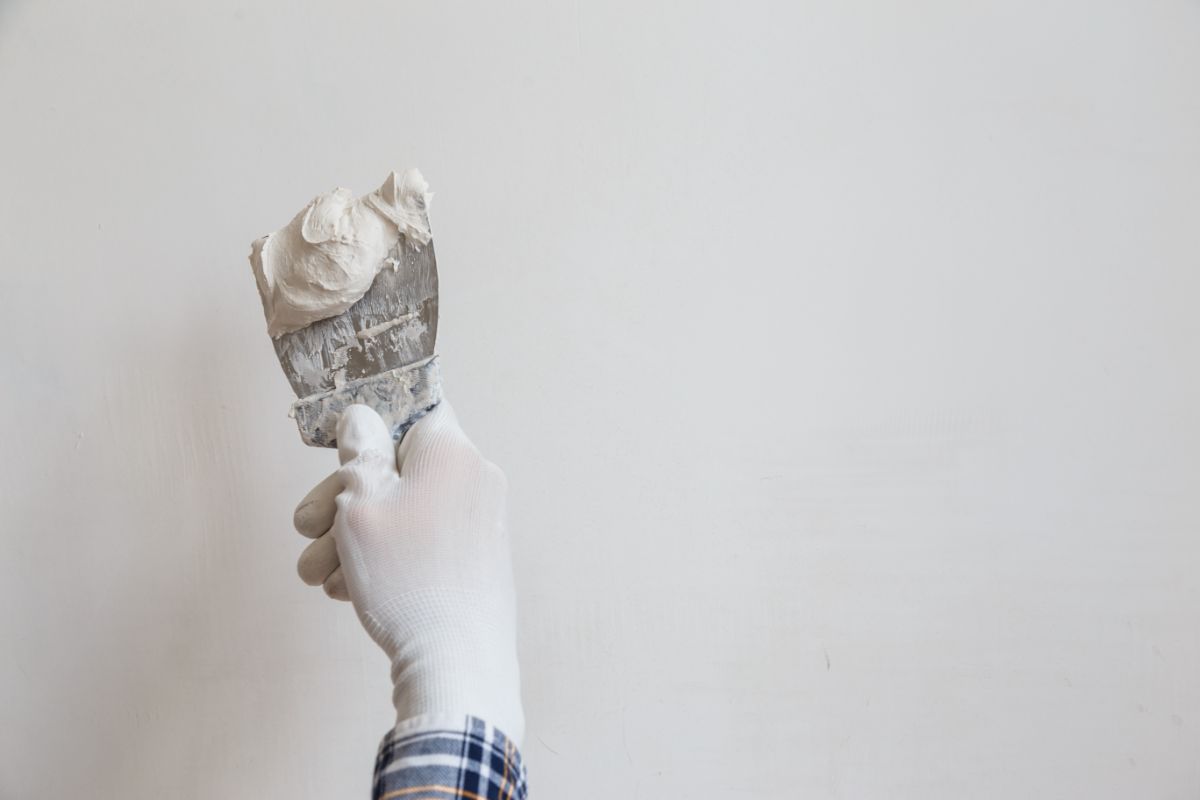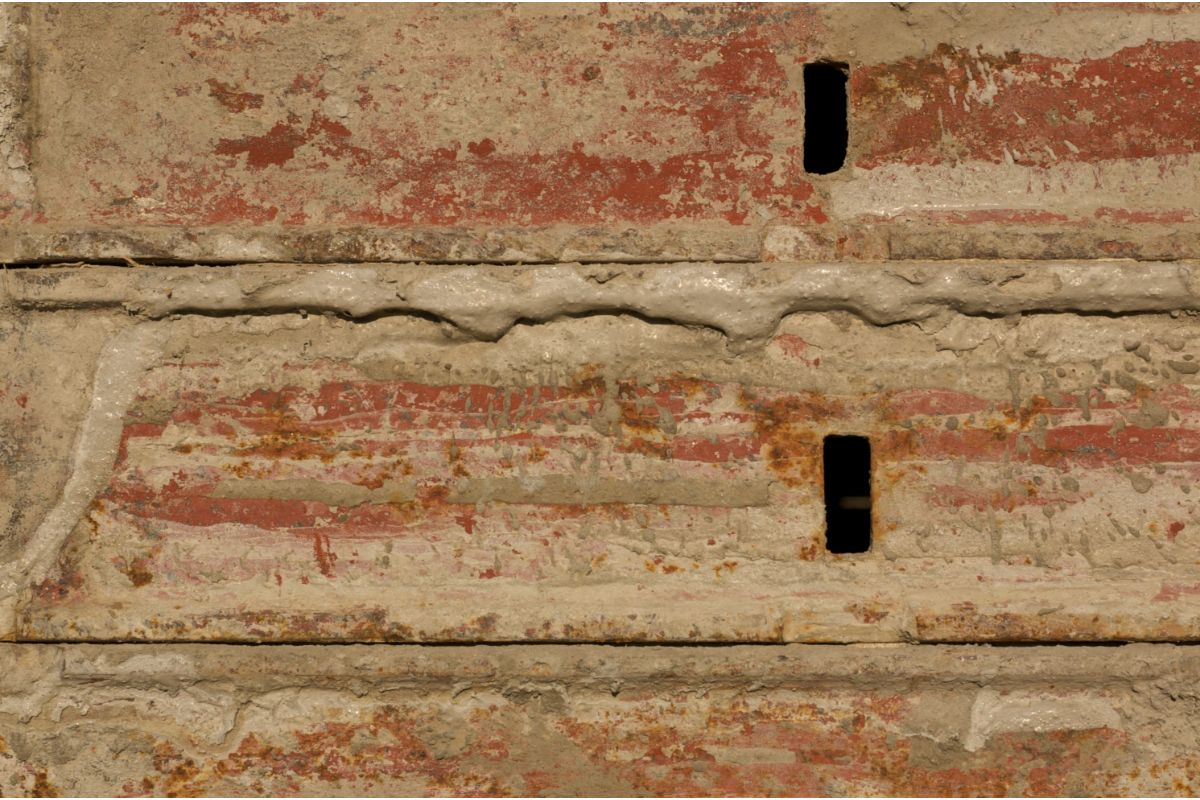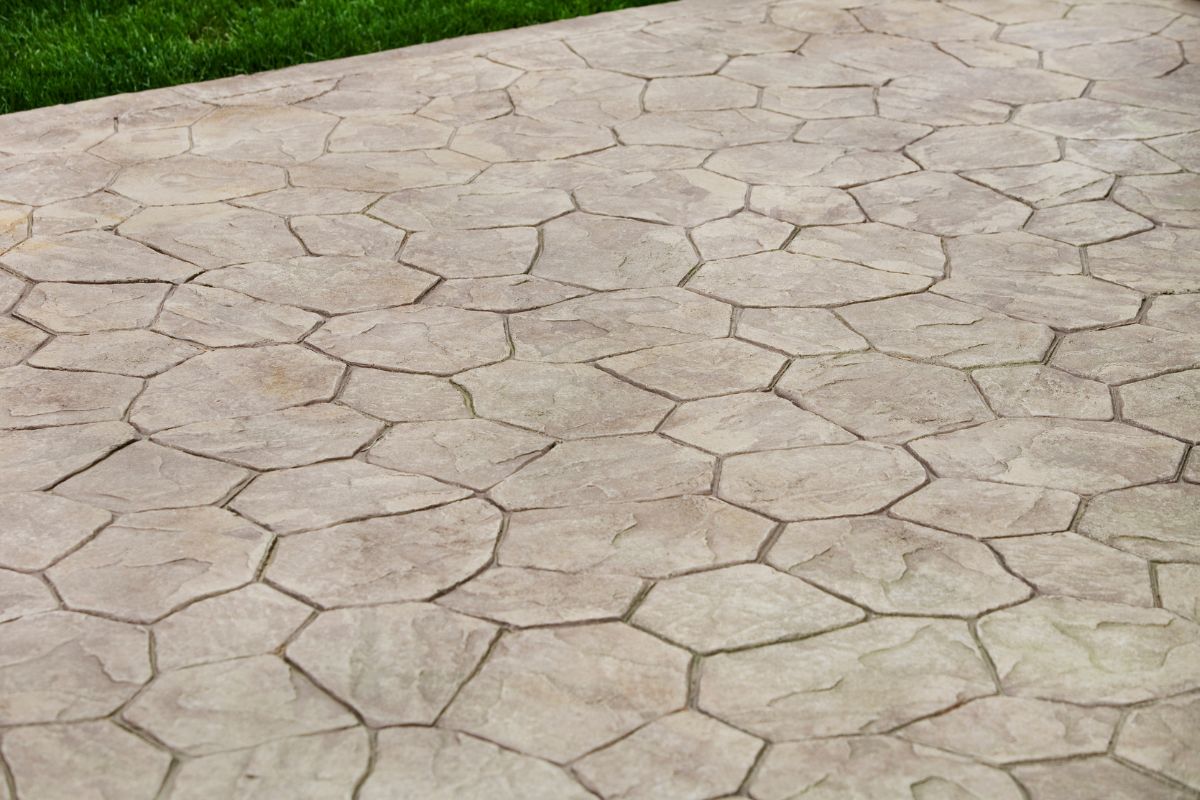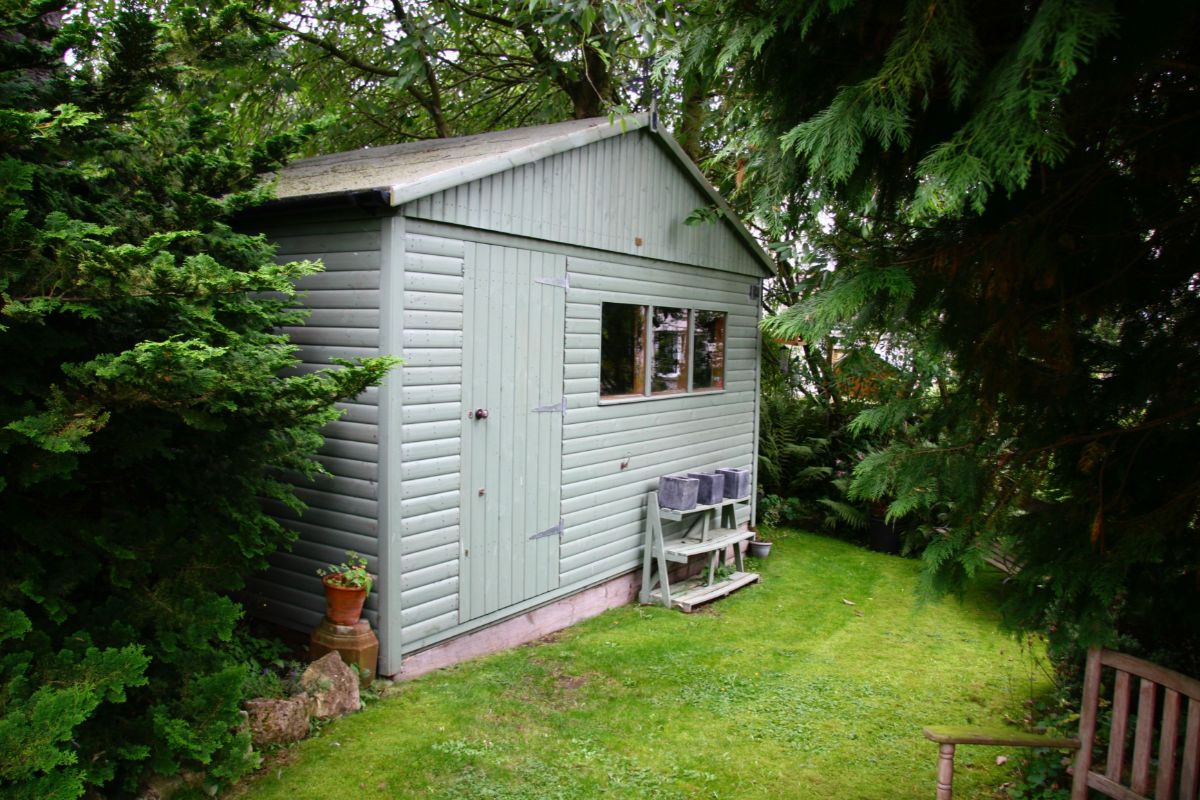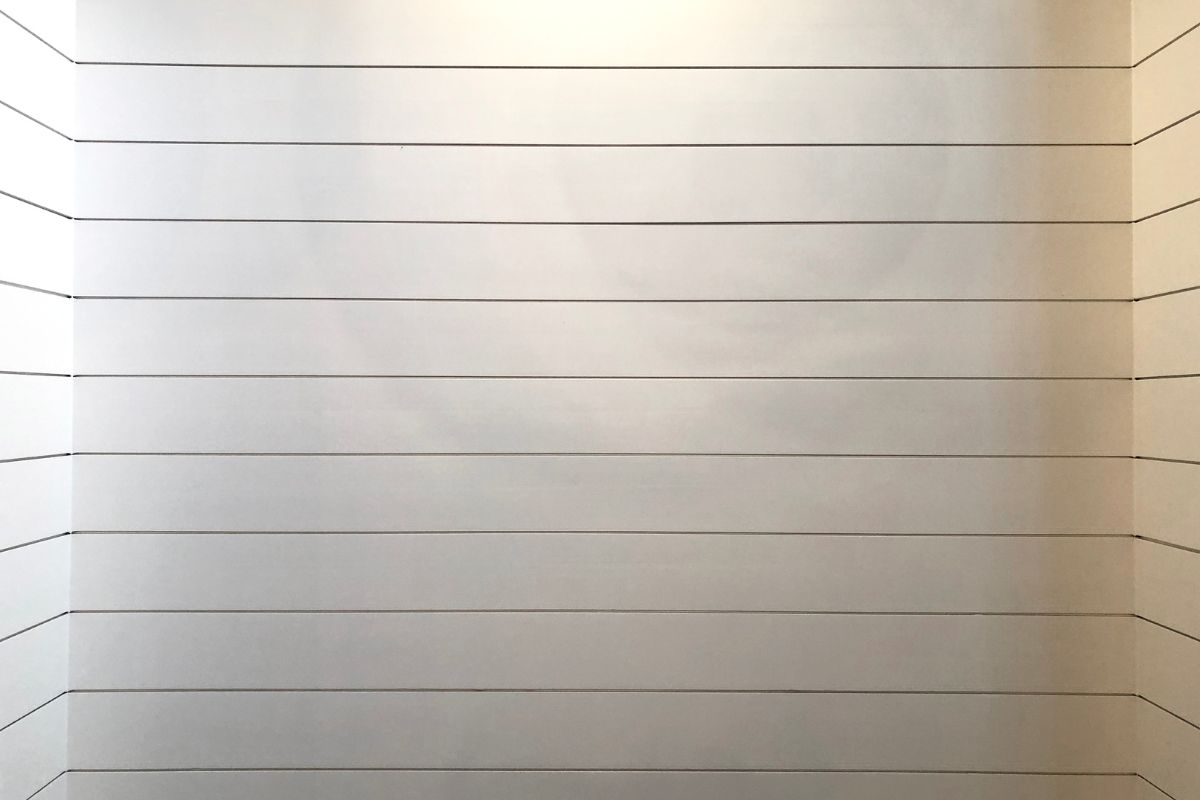To the laymen, concrete might not seem like a thing that needs watering.
However, those used to the process of laying fresh concrete will know that, once the process nears completion, it is necessary to cure the concrete to create the perfect, firm hold.
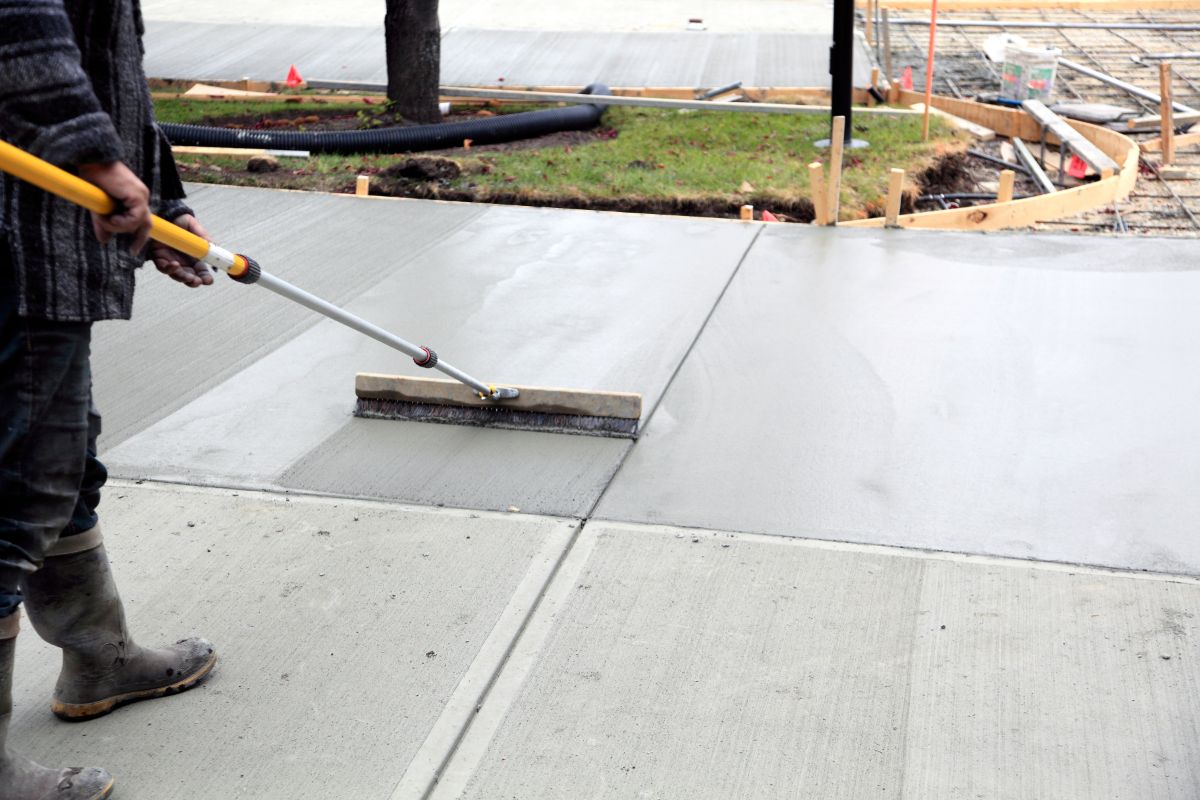
This is where the water comes in. But what exactly is water curing, and what benefits does it have for the concrete itself?
What Is Water Curing?
With regards to concrete, resin, and other substances that set hard, curing is an important part of the process – improving the firmness and bond that the substances have on a molecular level, and making it a more reliable, uniform, bonded material.
Strangely enough, once water has been added, the concrete never completely dries out – and it is this moisture that creates the brute strength needed to remain strong, firm, and support as much weight as some concrete is designed to do.
How Soon Should Concrete Be Cured?
Once the concrete has begun to set, you should begin the curing process in the first 24 hours. The level of moisture should be maintained as much as possible during this period, with the surface being walkable after approximately 48 hours.
The minimum amount of time for curing to take place is thought to be 4 days, and for most concrete this is enough. However, after a period of 7 days it is only considered partially cured, so the longer you can continue watering the better.
After 7 days, heavy traffic – such as large vehicles – will be more than fine to drive over the concrete, but for the completed curing process, you should really continue watering it for a period of 28 days.
This will ensure a rock hard finish, and will help to avoid cracks and damage caused by poorly cured concrete.
What Are The Benefits?
When it comes to water curing, there are several notable benefits.
Strength
As previously mentioned, the chemical reactions brought about through the addition of water helps to establish a strong foundation that will keep your concrete strong and reliable for a long time.
Prevent Thermal Cracking
Water curing your concrete will create an internal level of moisture that will protect the concrete against thermal cracking.
This is incredibly important if you live in a hot climate, as the heat of the sun can warp the concrete, making it brittle, and causing it to crack and split.
Increase Moisture Content
As we mentioned above, concrete never really hardens on a molecular level, which helps in making it strong, and able to move with the natural movements of the surrounding earth.
Giving it the full recommended period of watering will give it the tools it needs to last a long time and remain strong.
Prevents Shrinkage Cracks
It can also prevent shrinkage cracks brought about by a lack of moisture.
Keeping it moist and well watered will ensure that it does not contract too much in hot weather, helping you to avoid troublesome shrinking cracks that can ruin your smooth finish.
Abrasion Resistance
It also prepares the concrete for abrasion resistance, something that comes in handy – especially if the concrete is being used for a driveway, or for an industrial setting where there could well be heavy machinery and vehicles.
Enhances Stability
This once again contributes to the firmness of the concrete. The water curing will help to maintain stability, and protect it from environmental factors like warping and unwanted movement.
Reduces Permeability
While it is important for a degree of moisture to be present, too much moisture is a problem, and can lead to further issues like freezing, cracking, and swelling in bad weather.
Curing the concrete will reduce its permeability, meaning it is harder for water to pass through it, thus making it more waterproof and protected from outside elements.
Quality Control
Following the procedure to the recommended level also ensures a degree of insurance when it comes to the quality. This is when you can say you have done your utmost to ensure the strength, sturdiness, and durability of the concrete.
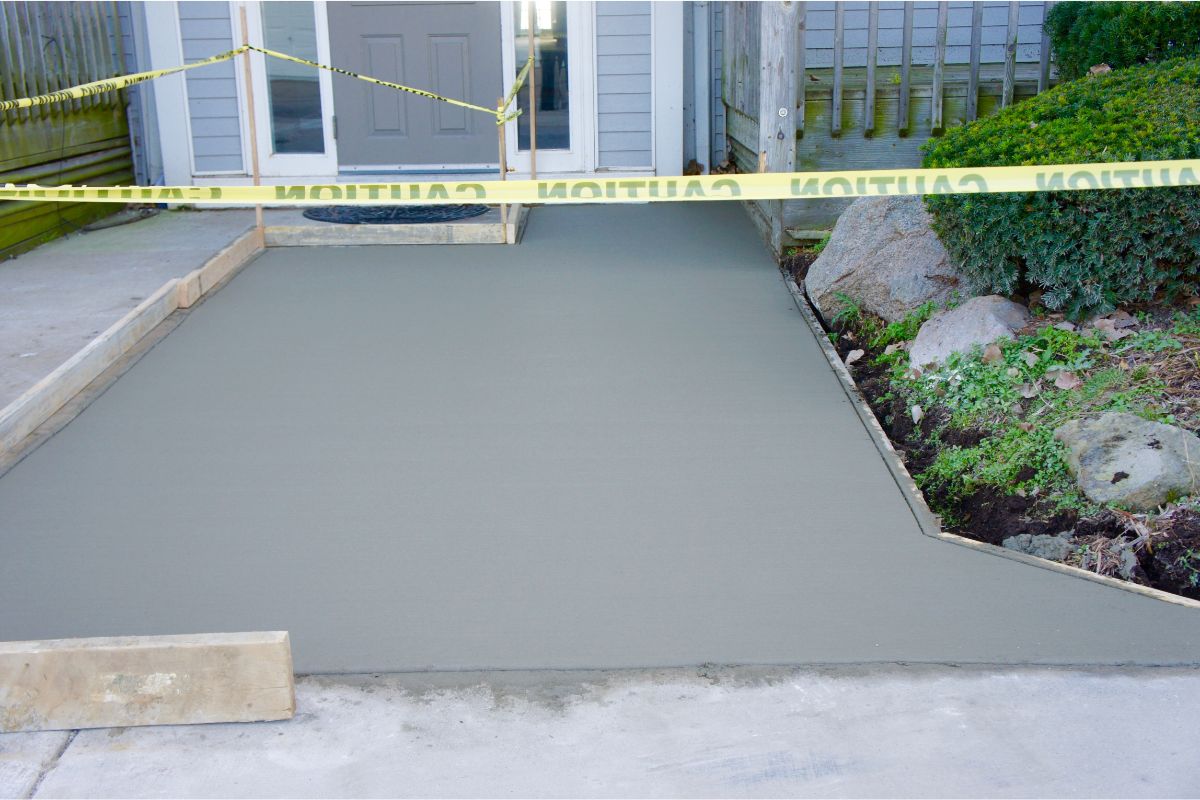
If you don’t cure it, or follow the necessary steps, then you do not have the same guarantees going forward.
Protecting Steel
If the concrete in question is used in the foundations for a building, then there will be steel rods in place to aid stability.
If the concrete is not strong enough, or if it is too permeable, then the steel rods could become corroded, or become worn away by excess moisture and bad weather.
This could prove devastating in taller structures, and could result in unwanted demolitions.
Methods Of Water Curing
Before you get started, it is important to ensure that the surface water has evaporated. This will let you know that the concrete has absorbed the moisture, and requires more watering.
The Ponding Method
This method is only for horizontal and flat surfaces, such as slabs. Ponding is what it sounds like, creating a lip around the concrete, so you can pour water onto the concrete in the shape of a pool.
This requires a lot of water, and the edges can be constructed from sand, mortar, or clay – depending on what materials you have to hand (You might want to check out The Differences Between Mortar And Grout).
The Fogging Method
The fogging or misting method involves spraying water over concrete on a semicontinuous basis, maintaining the moisture level of the concrete and creating a strong finish.
Wet Covering
Wet covering can be done with burlap, straw, and canvas, and allows concrete to remain moist for longer.
Be wary of plastic sheeting, as this can create puddles and cause an uneven finish.
Final Thoughts
And there we have it, everything you need to know about water curing, and the importance it has to concrete.
For the best finish and the strongest concrete, why not follow this process? You certainly won’t regret it!
- The Woodworkers Guide to Brad Nailers: Everything You Need to Know - September 25, 2023
- How To DIY An Aztec Garden Dining Table [The Easy Way] - October 18, 2022
- Farrow & Ball Pigeon: Is It Right For Your Home? - October 17, 2022

